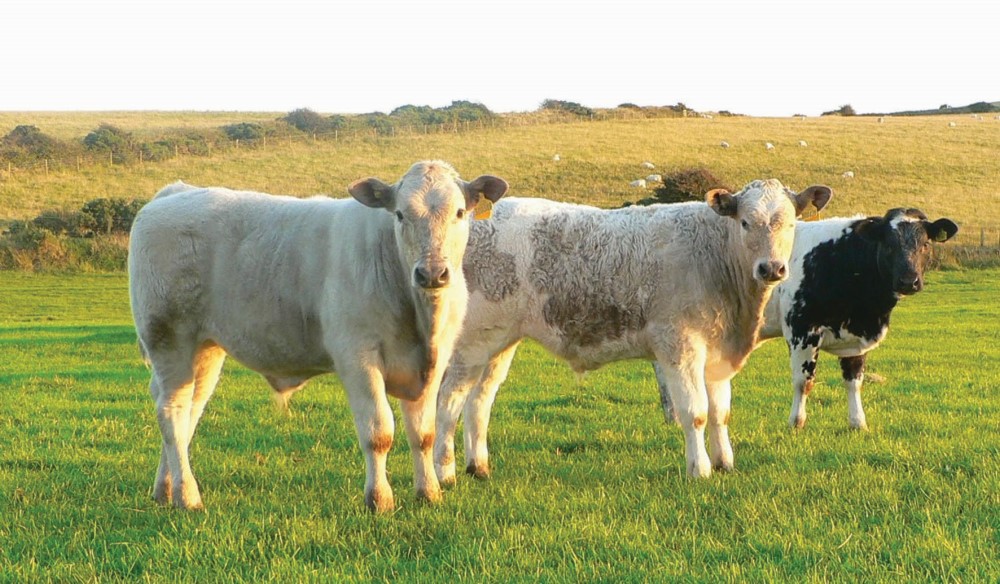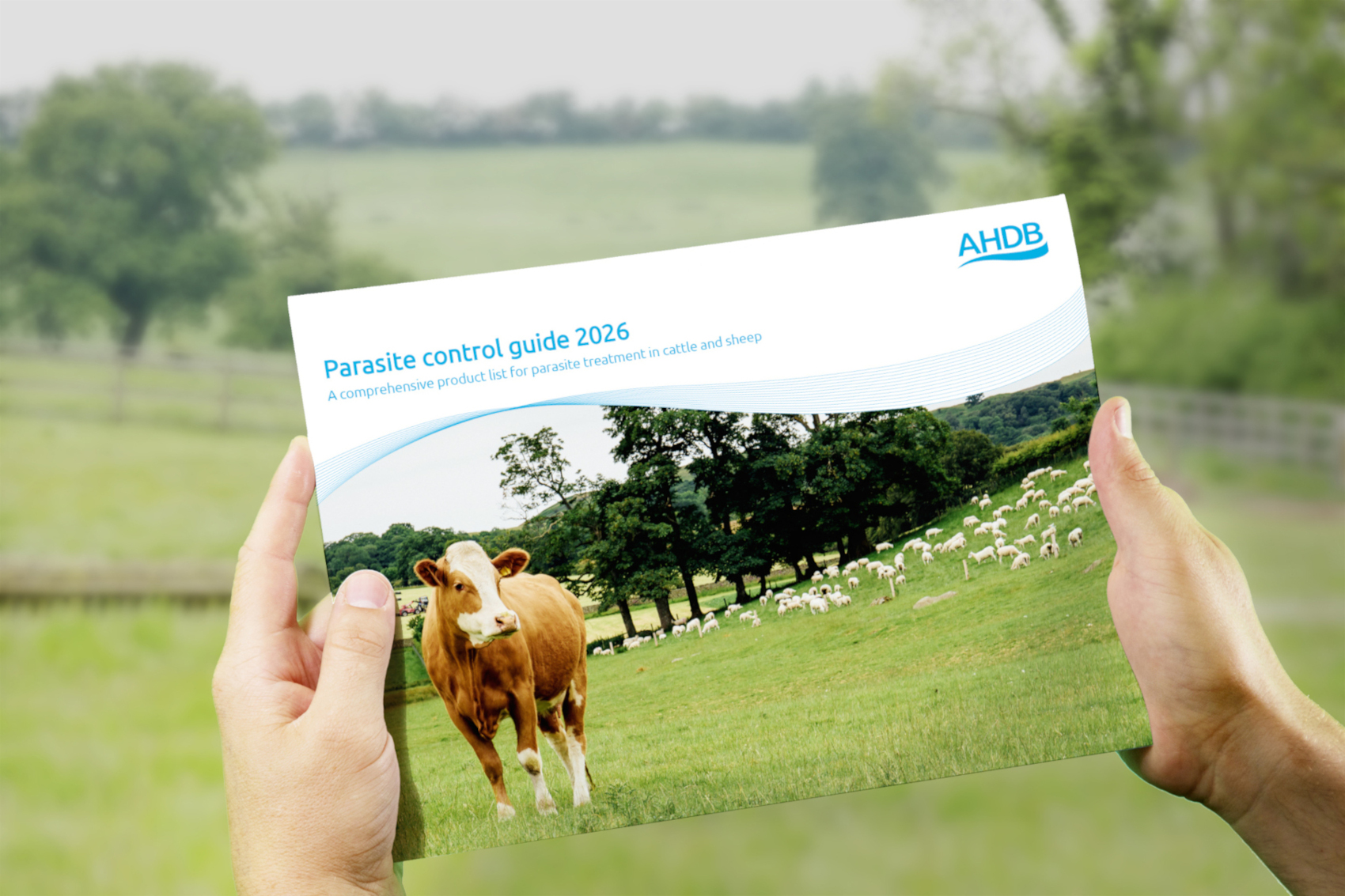- Home
- Knowledge library
- Epidemiology of Helminth Infestations in Dairy Cattle (PhD)
Epidemiology of Helminth Infestations in Dairy Cattle (PhD)
Summary
This work explored the prevalence, risk factors and losses associated with three helminth parasites of economic importance in dairy and beef cattle. These were Ostertagia ostertagi (O. ostertagi, round worm of the abomasum), Fasciola hepatica (F. hepatica, liver fluke) and rumen fluke. This study explored farmer knowledge, practices and values around prevention and control of cattle helminth infections in England and Wales.
Key Findings:
- There is significant presence of liver and rumen fluke in England and Wales.
- Poly-infections due to the three helminths were also very common.
- The three parasites were significantly associated with low carcase performances in prime beef cattle.
- Dairy heifer exposure to O. ostertagi was significantly associated with lower milk production, reproduction and health performances.
- Different practices of grazing management can help farmers controlling dairy heifer exposure to O. ostertagi on pasture, if applied during the first years of grazing, while reducing the use of anthelmintic drugs.
- Although anthelmintic drugs tend to be overused, many farmers try to adopt, several 'best-practice' recommendations included in COWS guidelines (2010) for cattle helminth control.
For further information the report is available.
Sector:
Dairy
Project code:
41110028
Date:
01 October 2013 - 31 March 2017
AHDB sector cost:
£12,000.00
Total project value:
£12,000.00
Project leader:
University of Nottingham
Downloads
41110028 final report 2017About this project
Aims and Objectives:
- To identify cow and farm level factors during the rearing period that determine infection status with Ostertagia ostertagi of dairy heifers at first calving, as measured by milk antibody status
- To evaluate whether Ostertagia ostertagi antibody status at first calving is associated with milk production losses, reduced reproductive performance or susceptibility to other disease in the first lactation
- To gather information on the current practices adopted by dairy farmers on helminth control and identify the major barriers to, and motivators for adopting best practice
- To determine prevalence, intensity and risk associations for Ostertagia ostertgi infection among beef cattle from an abattoir survey.



